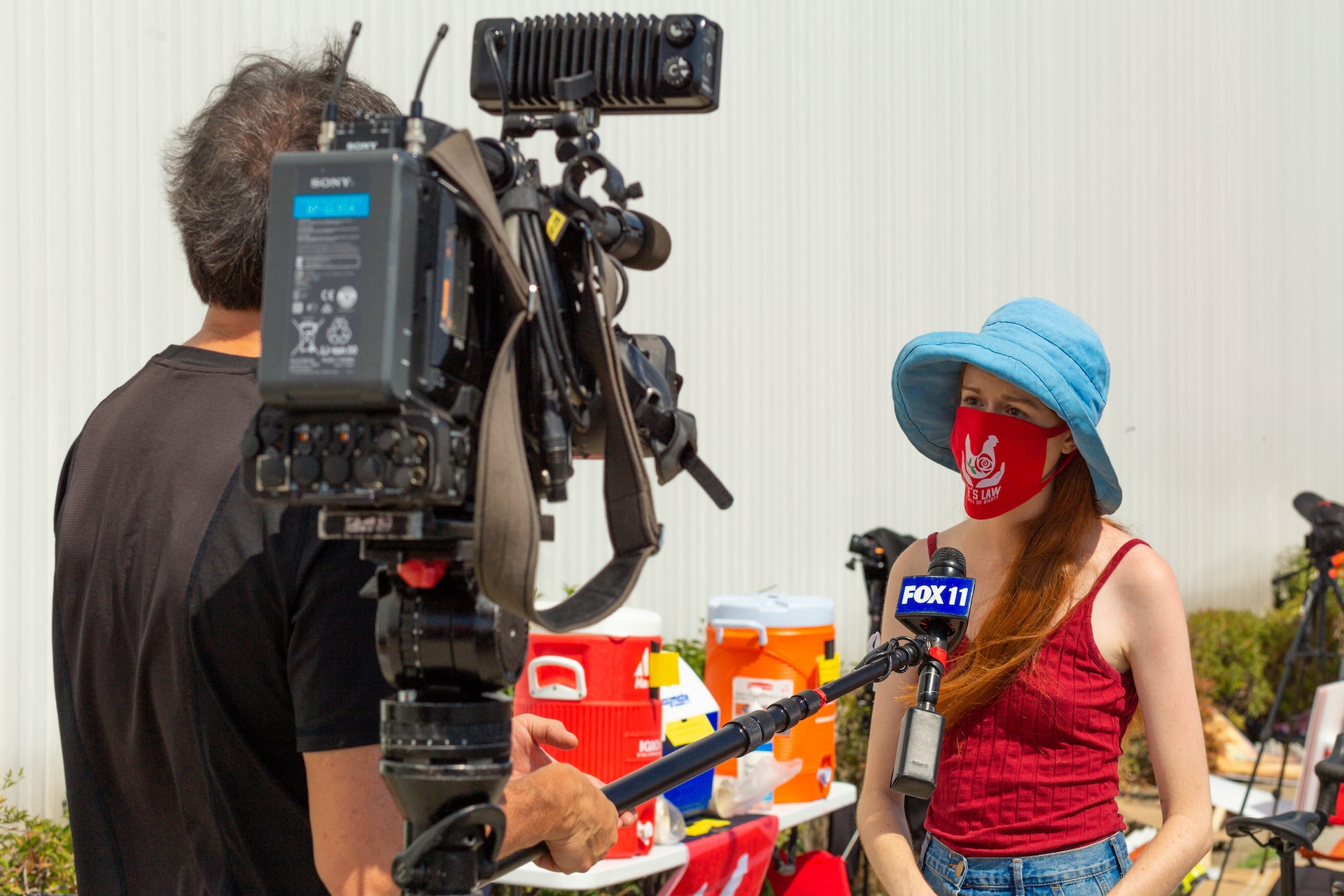Fundamentals of Working with the News Media

Take on a similar mindset as a Journalist
One of the first steps in quite a while is to get the point of view of the news media. By asking yourself, “What makes my Safe Routes to School program newsworthy?” you are one bit nearer to seeing your program in the features.
Assuming you might want to welcome the media to an occasion or pitch a story to a columnist, first ask yourself, how might I offer the media a fascinating story? Accumulate data you can offer the writer, for example, how the Safe Routes to School (SRTS) program impacts the local area, the quantity of kids strolling and bicycling inside the program and the impact the program has had on the kids and school. If conceivable, figure out data about the kinds of stories the columnist composes and offer data to help those sorts of stories. For more data on tracking down newsworthy components inside your program, read more about fostering your snares.
Precision is Essential
A writer’s standing, both in the newsroom and with their crowd, is subject to their capacity to precisely report the news. Columnists depend on their sources to furnish them with precise, valid data. On the off chance that you can situate yourself as a solid wellspring of data to a writer, then, at that point, they will be bound to call you for data encompassing a story and furthermore answer your story thoughts.
Assuming you are uncertain or uninformed about the response to a columnist’s inquiry, it is ideal to say “I don’t have any idea, however I can figure it out” and keep that word. After a meeting, assuming you understand you misspoke or gave misleading data, summon the columnist right and give them the exact data.
Being a Journalist is certainly not an everyday Job
Getting the distinction in a columnist’s cutoff time and your own is significant. News is occurring 24 hours per day, and the media works nonstop to cover it. A writer doesn’t call at 4:50 p.m. on a Friday evening to bother you. They essentially may have recently begun their “day” or just been given the task. Assuming that you can work with the media under their tight cutoff times, you will be viewed as a resource.
“No remark” isn’t an Option
It is never really smart to respond to an inquiry with “no remark.” According to the user or crowd, “no remark” is a programmed supposition of responsibility or bad behavior. Critical to expect troublesome inquiries might actually be posed, and get ready true, genuine responses. For instance, on the off chance that it is a school’s strategy to not examine forthcoming arrangements, then, at that point, let the journalist in on this as opposed to saying, “no remark.”
“In private” is off the Table
Continuously accept that whatever you say in a meeting will show up in the story. There is no authoritative understanding that requires a columnist to respect an “in private” remark, so regardless of whether you were to give data in private, there is no assurance it will remain in private. Furthermore, assuming you are a representative of the public authority or another public office, any data you give is an openly available report.
Cooperate collectively
Media associations are progressively advancing their own noble purposes. Approach your nearby TV, radio or paper about the chance of cooperating to co-elevate Safe Routes to School. Commonly, commentators or different media characters can record public assistance declarations encompassing SRTS issues like walker wellbeing or Walk to School Day.